
Fray Luis de León said: “What a restful life that flees from the mundane noise, and follows the hidden path where few wise men have gone in the world!” In his Oda a la vida retirada (ode to an isolated life), the Augustinian poet praised something that in the 21st century seems more necessary than ever: the need to get away from the frenetic rhythm of daily life, which can be achieved, albeit in a fleeting way, between the walls of the Spanish monasteries.
In Spain, we have hundreds of monasteries that were created during the beginnings of Christianity and found fertile ground to expand from the hand of various orders (from the Cistercians to the Mendicant orders to the Carthusians). Many of them are real architectural treasures. Others are accompanied by legends or the passage of celebrities and their cloisters. Some monasteries impress with their palatial appearance, while others are more simplistic. There are both in the city and the country. However, they all meet a fundamental requirement: they bring peace and quiet to both their inhabitants and those visitors who pursue their own ‘Beatus Ille’ or happiness.
Today we focus on the monasteries that are more remote from the urban nuclei, which transports us to another dimension thanks to their calmness. Some of these places are on the Way to Santiago, so visiting them is an excellent excuse to stop during the route and immerse yourself in a spirit of artistic, personal or spiritual contemplation.
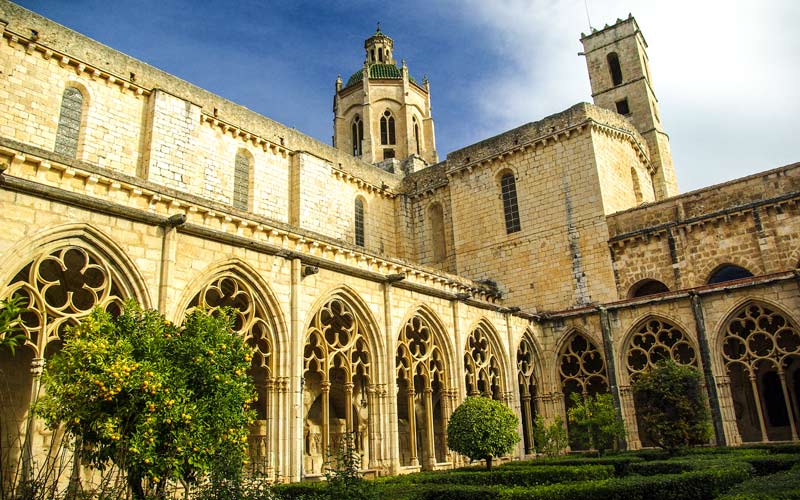
Founded in the 12th century by the order of the Cistercian, this beautiful monastery of Tarragona exemplifies the ideals of purity and simplicity. Pedro III of Aragón and one of his sons, Jaime II, are buried here, which creates an interesting ensemble in which the stays of the monks coexist, like the chapter room or the Capilla de la Asunción (Chapel of the Assumption), with the Palacio Real (Royal Palace). Its wonderful gothic cloister, the first of its kind for the Aragonese crown, is an essential stop. It contains images of the Annunciation, mural tombs of members of Catalan nobility and a large sculptural work that contrasts with the austerity of the rest of the stays. Although it no longer has a monastic life, Santes Creus is one of the Spanish monasteries that is worth visiting.[/vc_column_text]
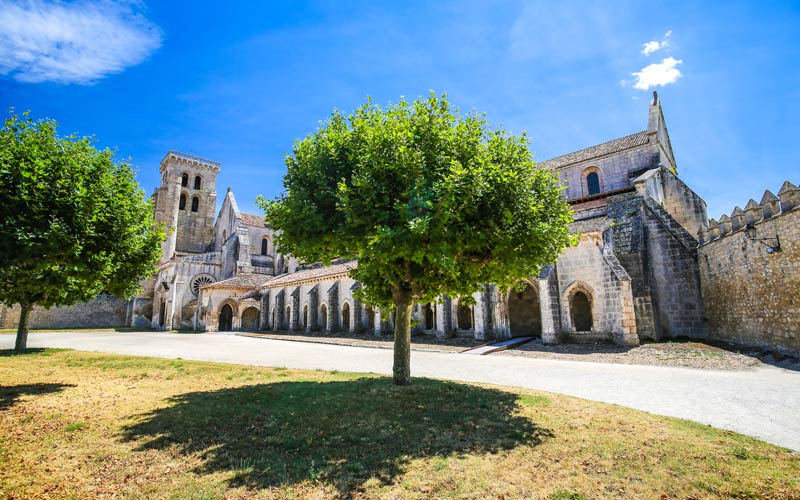
These two Burgos abbeys are among the most renowned Spanish monasteries, and for plenty of reasons: These are two beautiful ensembles located on the outskirts of the city of Burgos that you do not want to miss, especially if you are walking along the path of the French Way to Santiago. Las Huelgas, promoted by Queen Leonor Plantagenet as a female monastery, has the oldest stained glass windows in Spain and a beautiful Romanesque cloister, as well as the best preserved Almohad tapestry: The ‘Pendón de las Navas de Tolosa.’
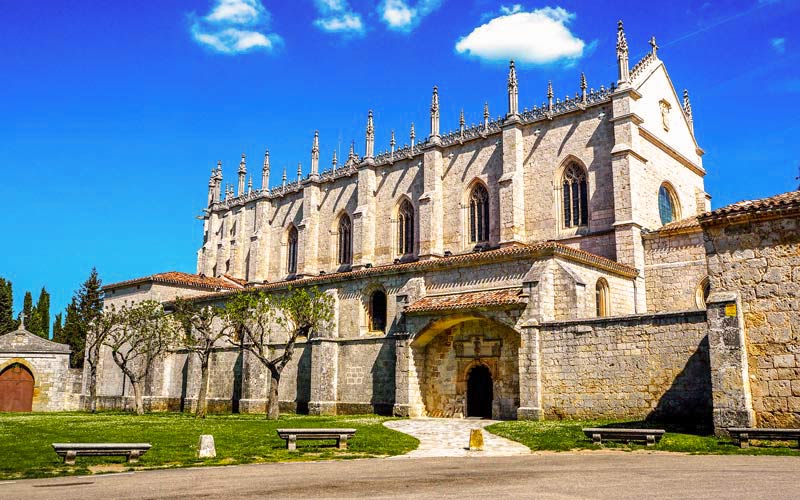
The Cartuja de Miraflores is one of the best examples of gothic Isabelline and it is the resting place of Juan II and Isabel of Portugal. This monastery, beautiful from the beginning, dazzles visitors with facade, its stained-glass windows and its impressive alabaster sepulchres.
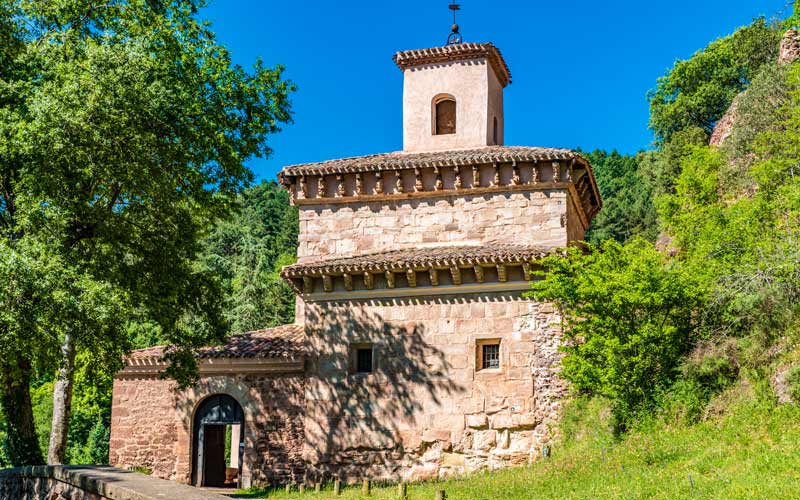
Suso and Yuso are barely separated by 3 kilometers – they are literally the ‘highest’ and ‘lowest’ monastery in ancient Castilian, but both enclose numerous attractions and a rich history that has consecrated them as World Heritage Sites. Suso, founded by San Millán in the 6th century, was the first to be built. The Mozarabic elements highlight its antiquity, and the monastery is paired with Visigoth and Romanesque remains. It is famous for being the place where they wrote the famous Glosas emilianenses (famous glosses written in a Latin codex) that could have given rise to romance languages and Euskera (Basque language). It also highlights the sarcophagus of the seven infants of Lara and the three Navarre Queens, as well as the old caves of the monastery.
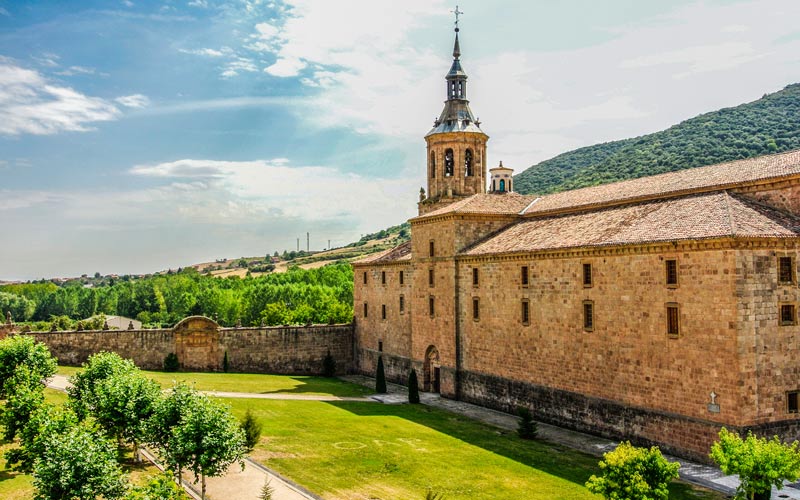
In Yuso – the place where, according to tradition, the remains of San Millán are buried because the oxen could not take the load – we find corners of great beauty in all kinds of artistic styles: from the Romanesque features of the main structure to the Renaissance feel of the cloister, passing through the baroque Hall of the Kings, where the previously mentioned glosses are preserved. If you visit this Benedictine monastery, requested to be built in the 11th century by King García III of Navarre, you can spend the night in its beautiful inn. Do not go without passing through the Hall of the Language, decorated with the shields and flags of all the Hispanic countries and adorned with a statue of Gonzalo de Berceo, a notary of this abbey of the French Camino.

San Juan de la Peña is one of the most authentic Spanish monasteries due to its location. Located under a rock that covers it, this abbey of Jaca was founded around the 10th century, and it was the most important of Aragon throughout the Middle Ages (various monarchs from Aragon and Navarre are buried here such as Sancho Ramírez or Pedro I). Aragonese Pyrenees is similar to the monarch, as it was the first place in the peninsula where Roman liturgy was introduced and things like the legends of the Holy Grail. Art lovers will appreciate the beautiful capitals of the cloister and the arches so characteristic of this area. If you are completing the Aragonese Way, don’t forget to mark it on the map.
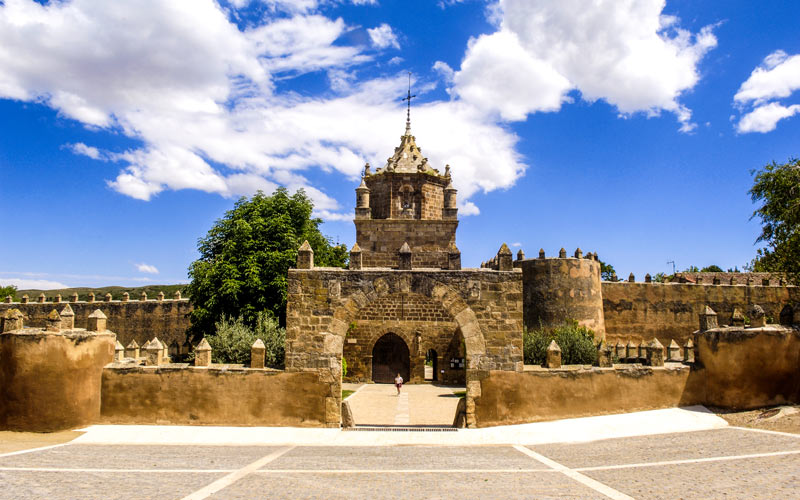
Also in Aragon we find another fundamental monastery: that of Veruela. Gustavo Adolfo Bécquer, upon entry, said that it was “as big and impressive as the greatest cathedrals.” In this 12th-century Cistercian abbey, where Bécquer stayed for long periods, you will find a contemporary museum and a space dedicated to the two Becquer brothers. Do not forget to take a walk in the beautiful cloister of the monastery or to to learn about the Renaissance sepulchre of the Chapel of San Bernardo. This is an ideal plan for lovers of romanticism and nature.
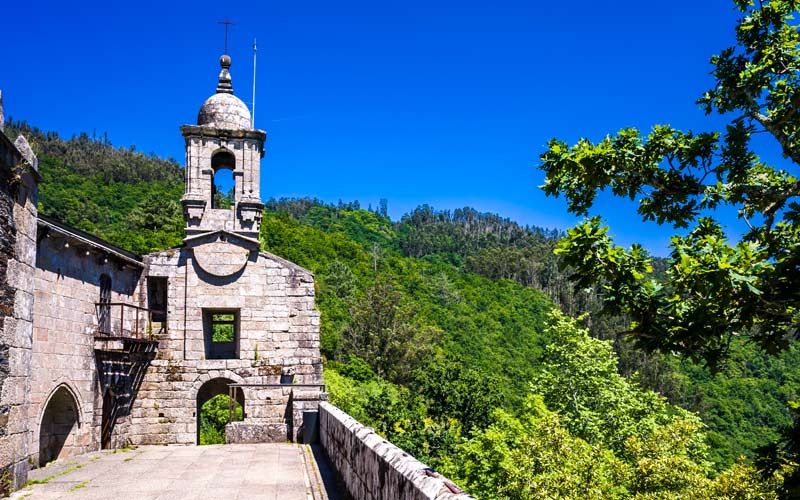
We know that Spain is full of monasteries with unquestionable beauty, so tell us in the comments if you think there are any more that should be on this list.
Text: Marta G. Coloma